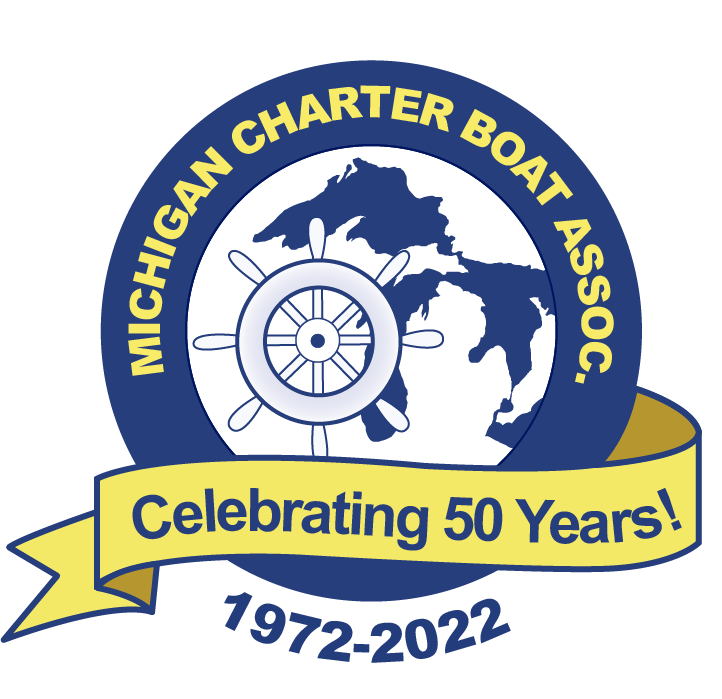Atlantic Salmon – BKD

Fisheries staff had to euthanize just over 31,000 Atlantic salmon that were sick with bacterial kidney disease, or BKD.

Atlantic Salmon, photo curtosy of Dan Cruchon of Stormy Chinook Charters
The Michigan Department of Natural Resources (DNR) recently announced a setback in its fish stocking efforts due to a significant health issue affecting Atlantic salmon at the Harrietta State Fish Hatchery in Wexford County. Over 31,000 Atlantic salmon had to be euthanized because of an outbreak of bacterial kidney disease (BKD).
Routine Inspection Uncovers BKD
In early April, during a routine prestocking inspection at the Harrietta State Fish Hatchery, the Michigan State University Aquatic Animal Health Lab detected signs of BKD. This disease, caused by the bacterium Renibacterium salmoninarum, is known for its detrimental effects on trout and salmon populations. Historically, it played a major role in the decline of Great Lakes Chinook salmon in the 1980s.
Unsuccessful Treatment Efforts
Following the discovery, a 28-day antibiotic treatment was administered, concluding on May 17. Unfortunately, this treatment did not fully eradicate the infection. Subsequent testing still showed active signs of the disease, preventing the fish from being safely stocked.
Regulations and Biosecurity
“Fish positive for Level 1 restricted pathogens can be stocked in areas where the pathogen is known to exist, but only if they show no active signs of disease,” explained Ed Eisch, Assistant Chief of the DNR Fisheries Division. Given the continued signs of BKD, these fish could not be released.
Aaron Switzer, DNR Fish Production Program Manager, noted the treatment’s limited success was not surprising given the severity of the disease and the reduced feeding activity of the affected fish.
Focus on Lake Superior State University Atlantic Salmon Program
Amid this challenge, the Lake Superior State University (LSSU) Atlantic salmon program stands out as a beacon of success. The program, operating out of the LSSU Aquatic Research Laboratory, has been crucial in producing healthy Atlantic salmon for Michigan’s waters. This initiative complements state efforts by providing an additional source of robust, disease-free fish for stocking.
Successful Stocking from Platte River State Fish Hatchery
The DNR also reported successful stocking of healthy Atlantic salmon from the Platte River State Fish Hatchery, located near Traverse City. Key stocking locations included:
- Torch Lake: 15,883 fish
- Au Sable River in Oscoda and Thunder Bay River in Alpena: 25,000 fish each
- Lake Huron’s Lexington Harbor: 40,000 fish
- St. Marys River at Sault Ste. Marie: just under 27,000 fish
Commitment to Fisheries Health and Future Improvements
“Disposing of diseased fish was a difficult decision, but essential to protect Michigan’s aquatic resources,” said Eisch. The state’s hatchery system is undergoing significant infrastructure updates to improve biosecurity and reduce the risk of future outbreaks.
Looking Ahead
The DNR’s commitment to maintaining a robust and healthy fish population is unwavering. With programs like the LSSU Atlantic salmon initiative and ongoing hatchery improvements, Michigan continues to offer quality fishing opportunities for its anglers.
For more information on fish and aquatic diseases,
